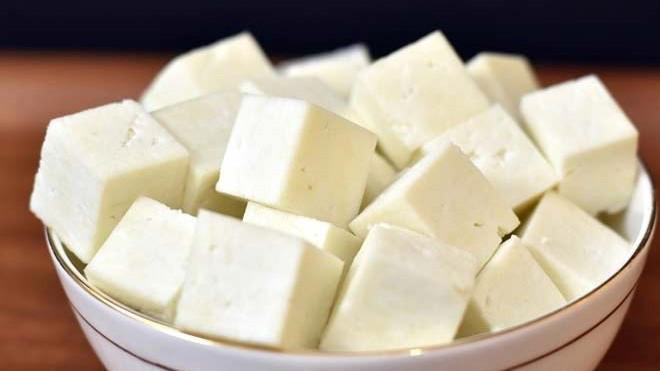Paneer, a popular dairy product in Indian cuisine, is loved by many for its soft texture and versatile use in dishes. However, the increasing concern over food adulteration raises questions about the authenticity of the paneer available in the market. Adulteration of paneer involves the addition of various substances to increase its quantity or alter its texture, taste, or appearance, often compromising its nutritional value and safety. In this article, we delve into the world of paneer adulteration, discussing common adulterants, their health implications, and methods to differentiate between real and fake paneer.
Understanding Paneer Adulteration
Adulteration of paneer is a serious issue that not only deceives consumers but also poses health risks. Common adulterants used in fake paneer include starch, non-dairy fats, synthetic colors, and even chemicals like formalin. These substances not only lower the quality of paneer but can also lead to various health problems, including digestive issues, allergies, and long-term health risks.
Health Implications of Consuming Fake Paneer
Consuming fake paneer can have several adverse effects on health. Starch, a common adulterant, can lead to digestive issues such as bloating and diarrhea. Non-dairy fats used in fake paneer can increase cholesterol levels, leading to heart problems. Synthetic colors and chemicals can cause allergic reactions and long-term health issues if consumed regularly.
Differentiating Between Real and Fake Paneer
There are several methods to differentiate between real and fake paneer:
- Visual Inspection: Real paneer is off-white in color, while fake paneer may appear unnaturally white or have a uniform color throughout. Fake paneer may also have a shiny appearance due to the presence of synthetic fats.
- Texture: Real paneer is soft and crumbly, while fake paneer may feel rubbery or sticky. Fake paneer may also have a uniform texture, lacking the natural graininess of real paneer.
- Smell: Real paneer has a mild, milky smell, while fake paneer may have a chemical or off-putting odor.
- Dissolution Test: Dissolve a small amount of paneer in warm water. Real paneer will dissolve slowly, while fake paneer may dissolve quickly or leave behind a residue.
- Heat Test: Cook a small piece of paneer in a pan. Real paneer will retain its shape and not release excess water, while fake paneer may disintegrate or release a lot of water.
It is essential to be aware of the risks associated with consuming adulterated paneer and to take steps to identify and avoid fake paneer. By knowing how to differentiate between real and fake paneer, consumers can make informed choices and protect their health. Remember, if you’re unsure about the quality of paneer, it’s always best to buy from a trusted source or make it at home.

